How to Dispose of Solar Panels
Unwanted solar panels have items that can be collected by the city and items that cannot be collected.
Please check the following content and take appropriate action.
Items that can be collected by the city
Independent Solar Panels
- Portable types that can be used for leisure or during disasters, as well as small ones that can be installed in gardens or balconies.
(Example) Foldable type solar panels, solar panels for garden solar lights, etc.
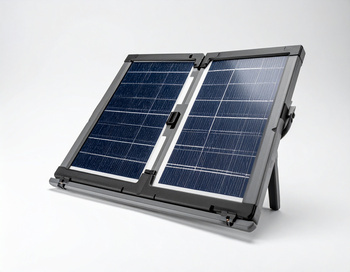
Garbage Classification
The classification is divided based on the size when the solar panels are deployed.
- Items with the long side less than 50cm when unfolded ⇒ Non-burnable garbage: Please put them in the designated garbage bag and dispose of them.
- Items with a long side of 50cm or more when unfolded ⇒ Bulky waste: Please make a reservation for bulky waste collection before putting it out.
Items that cannot be collected by the city
- Items installed on roofs or on the ground
- Objects Integrated with Buildings
- Concentrated type
- Rechargeable batteries are connected or built-in
(Reference) Types and Characteristics of Solar Power Generation Equipment Installation
|
Type of Installation |
Features |
|---|---|
|
Roof-mounted type |
Type installed on roofs of houses and buildings. |
|
Ground-mounted type |
Type installed on flat land. Mega solar is a representative example. |
|
Integrated Building |
A type that integrates solar cell modules with roofing materials and exterior wall materials of houses and buildings. |
|
Concentrated Type |
Solar power generation equipment that concentrates light using lenses or mirrors on small-area, high-efficiency multi-junction solar cells. |
|
Independent Type |
A small (portable) solar power generation kit that can be installed on balconies, etc. |
Source: Created based on the "Guidelines for Promoting the Recycling of Solar Power Generation Equipment (Third Edition) (Ministry of the Environment)"
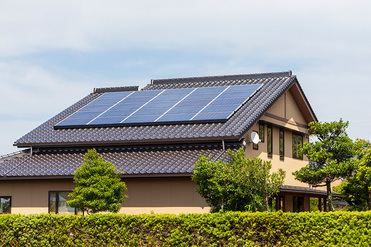
Source: Deco Activity Website (http://www.jp)
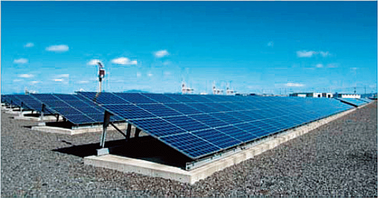
Source: "Renewable Energy White Paper (2nd Edition)" (NEDO)
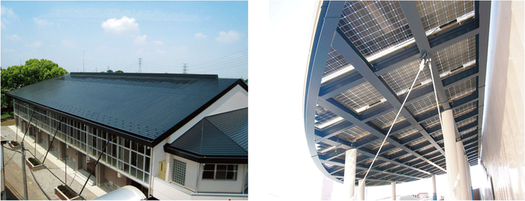
Source: "Renewable Energy White Paper (2nd Edition)" (NEDO)
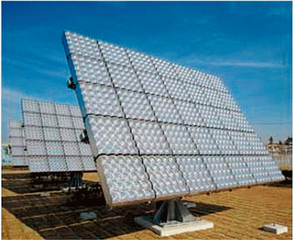
Source: "Renewable Energy White Paper (2nd Edition)" (NEDO)
(Reference) Positioning of Used Solar Cell Modules under Waste Disposal Laws
| Examples Corresponding to Industrial Waste |
|
|---|---|
| Examples Corresponding to General Waste |
|
Source: "Guidelines for Promoting Recycling of Solar Power Generation Equipment (Third Edition)" (Ministry of the Environment)
Please let us know your feedback on how to make our website better.
Inquiries about this page
Inagi City, Department of Urban Environment and Development, Living Environment Division
2111 Higashi-Naganuma, Inagi City, Tokyo 206-8601
Phone number: 042-378-2111 Fax number: 042-377-4781
Contact the Living Environment Division, Urban Environment Management Department, Inagi City


















